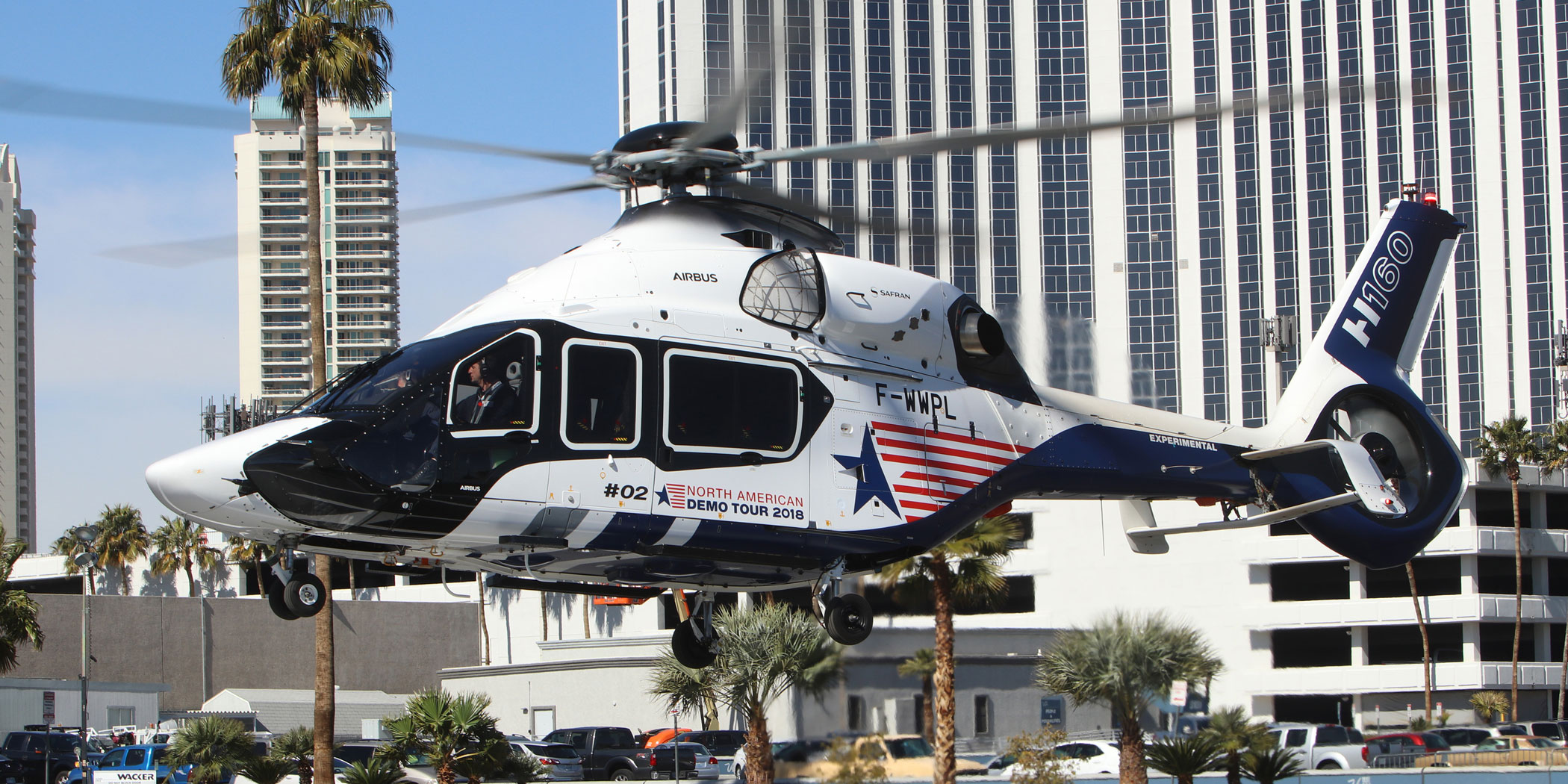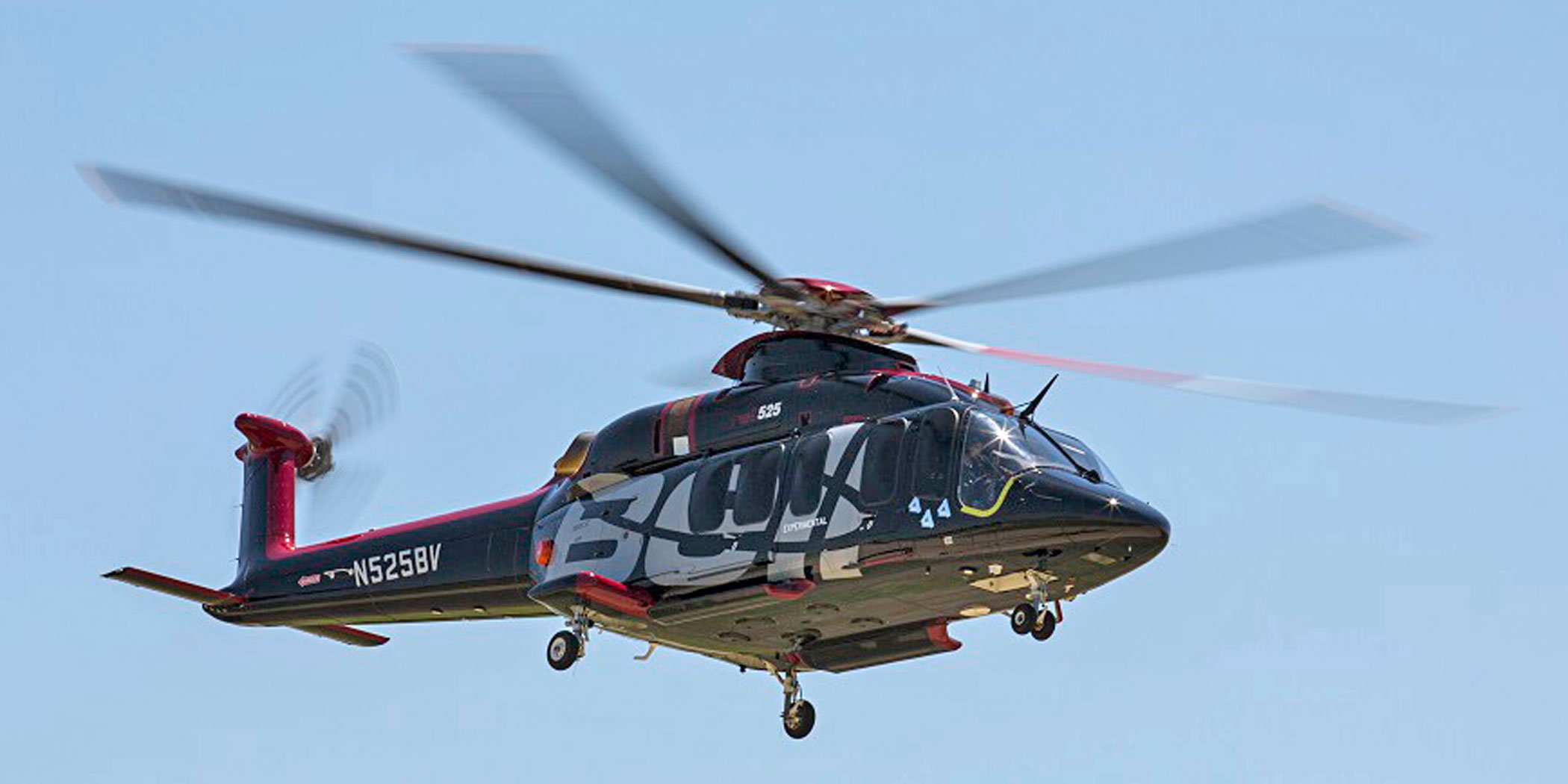Click Here to View This Page on Production Frontend
Click Here to Export Node Content
Click Here to View Printer-Friendly Version (Raw Backend)
Note: front-end display has links to styled print versions.
Content Node ID: 396119
As the industry gathers for this year’s Heli-Expo, three of the big four Western helicopter OEMs are scheduled to bring new, long-awaited civil models to market in 2019. Each promises to be a game-changer in its respective category with regard to speed, efficiencies, and capabilities. Their success in the marketplace will in no small measure be at least partially determined by the willingness of offshore energy companies to continue to increase capital expenditures for exploration and production. These increases are relatively modest this year. They follow a period of severe retrenchment that started in 2014 and has left helicopter lessors and operators with significant overcapacity. In some cases, that has led to bankruptcy filings and attempts to diversify their business models to be less dependent on oil-and-gas revenues.
Airbus Helicopters flew the first production model of its new H160 medium twin in December. It will join the three prototypes, which have already accumulated more than 1,000 flight-test hours. It is one of 10 pre-serial-production aircraft that the company plans to assemble in the coming months as it refines its production process. The helicopter will be delivered to launch customer Babcock in 2020. When the helicopter achieves full-rate production, Airbus expects to assemble an H160 in as little as 40 days on the helicopter’s new, dedicated production line in Marignane, France. Babcock plans to take delivery of a fleet of the aircraft “for worldwide operations” over a five-year period. Airbus said it expects EASA and FAA certification for the H160 by the end of this year.

The H160 features the Helionix avionics suite, an all-composite airframe, flat-floor cabin, oversize cabin windows, and a baggage compartment that can hold 661 pounds. Its cabin can be configured to seat four or eight passengers in executive/VIP layouts, or 12 in a utility configuration. The H160 also incorporates a variety of new technologies, among them Blue Edge active-tracking main rotor blades in a five-blade system with a double-sweep design that reduces noise and contributes to a smoother ride, and 10 to 15 percent better fuel consumption than the H155 family it replaces. The aircraft is powered by a pair of Safran Arrano engines (1,300 shaft horsepower each) that feature a two-stage centrifugal compressor and variable inlet guided vanes, which cut fuel consumption in all phases of flight, particularly at cruise power. They help propel the H160 to its estimated maximum cruise speed of 160 knots and service ceiling of 20,000 feet and give it an anticipated range of 450 nautical miles. Airbus Helicopters also maintains that the Arranos will have lower maintenance costs than other engines in their class.
Next year Airbus is planning the first flight of its Racer (rapid and cost-efficient rotorcraft) compound helicopter. The Racer uses elements of the H160’s fuselage mated to a conventional main rotor, a box wing, and twin pusher propellers. Top speed is expected to be in the area of 250 knots. Power comes from a pair of Safran Aneto turboshafts (2,500-shp each). The Racer is expected to be 25 percent more fuel efficient than a conventional helicopter. Last year, suppliers began fabricating key Racer components, including the lateral drive shafts, the gearbox housing, wing cradle composite side panels, and primary tail structure.

Bell expects to certify its super-medium 525 Relentless twin by the end of 2019. Four aircraft are currently in flight test. Two are slated for additional cold weather testing in Yellowknife NWT Canada early this year, while a third will undergo snow testing in upstate New York. During cold weather testing last year, the aircraft was tested at temperatures down to -37 degrees F. Over the summer, it flew hot weather testing in Yuma, Arizona at temperatures up to 120 degrees F as well as completed high-altitude operations to density altitudes of 14,000 feet. The 20,500-pound 525 features fly-by-wire flight controls, Garmin G5000H avionics, and two GE Aviation CT7-2F1 engines. The cabin features 88 square feet of floor space and can be configured for 16 passengers (utility seating) and 8-12 (executive-VIP). Cruising speed is expected to be 160 knots and maximum range 560 nm. The 525 flight-test program was interrupted for a year following the fatal 2016 crash of the first prototype aircraft. After the accident, Bell incorporated a variety of design changes, including filtering of the biomechanical and sensor feedback by the control system to prevent amplification of vibrations in specific flight conditions.

Leonardo is aiming for FAA certification of its AW609 civil tiltrotor this year and plans to fly test aircraft AC4 soon. Program milestones last year included successful drop testing of the production landing gear, production engine certification testing on AC3, continued fuselage and empennage fatigue testing, and installation of a new production main cabin door designed with an embedded rescue hoist for search-and-rescue operations. AC4 will fly with the new embedded hoist that will be fitted on AW609s kitted for SAR operations. It will also have the new Rockwell Collins Pro Line Fusion flight deck. The executive interior will feature six single executive seats and a small forward refreshment center.
